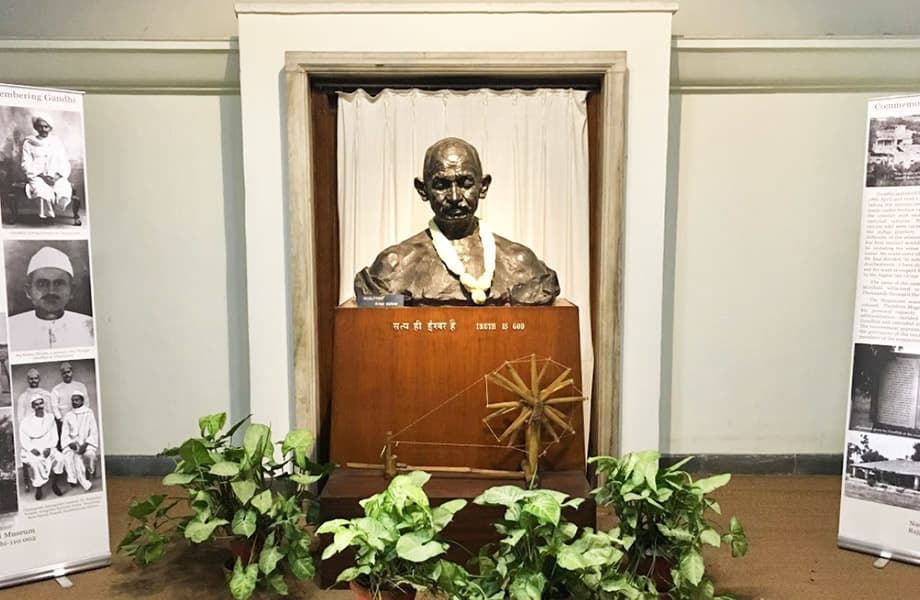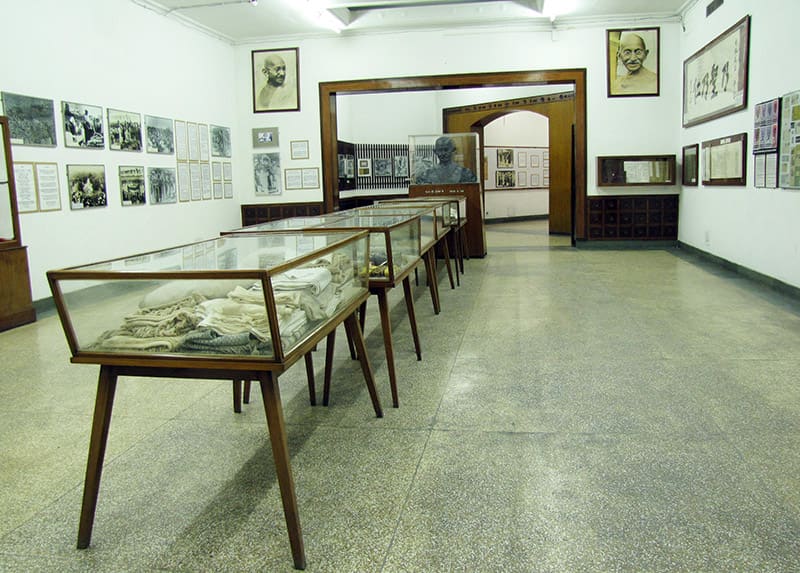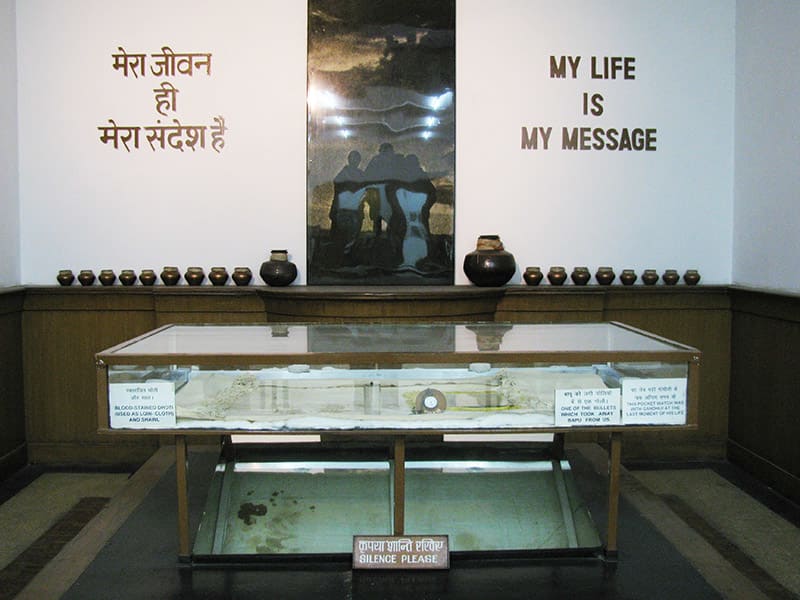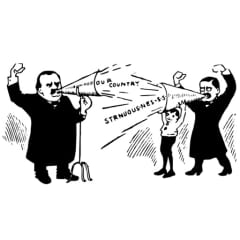 Delhi
DelhiNational Gandhi Museum Houses Precious & Rare Pictures Of The Father Of The Nation
The National Gandhi Museum is located exactly opposite Raj Ghat (Gandhi’s burial and memorial site). The museum is widely believed to house the largest number of articles, artefacts, photographs and memorabilia related to Gandhi, attracting followers from far and wide. Surprisingly, the number of Indians who visit this place is far less than foreigners who flock here to learn and inculcate in themselves Gandhian principles which are hardly followed in these dark times, sadly.
The statue of Gandhi sitting under a tree is the first thing you notice when you enter this museum. It is so striking that you feel that his spirit lingers on in the place. The greenery which surrounds the statue lends serenity to the already peaceful environment.
Precious Memories

Picture Credits: 黃俊軒
Leading you inside the building is a simple entrance; you will be awestruck by the sight of rare and beautiful photographs of Gandhi taken during different stages of his life that adorn the walls of the building. There’s a towering picture of Gandhi on the 1st floor of the complex with his 'spinning wheel' and varied sayings in Hindi and English coupled with his recorded speeches in both languages. You can find hundreds of letters and articles related to him and various artefacts that’ll make him come to life in front of your eyes.
The whole complex is divided into five different sections housing photos, relics, paintings, sculptures and objects belonging to the Mahatma himself. “Raghupati Raghav Raja Ram” among other bhajans (devotional songs) is continuously played throughout the walk-in hours for the visitors, lending the place a divine aura.

The reading room has a collection of thousands of books either written by Gandhi or dedicated to him by writers from India and the rest of the world. The literature room is also replete with thousands of letters and other important documents that are a source of invaluable knowledge about the life of the man who spread his message of satyagraha (insistence on truth) and ahimsa (non-violence) with so much dedication that the whole nation collectively walked behind him and chanted his messages in unison.
What's Left Behind

Among the many objects and memorabilia belonging to the great man, the ones that catch your attention are his glasses, his many charkhas (spinning wheels) that he used to spin yarn with, his pocket watch, his bloodstained dhoti (loincloth) and shawl (wrap) that were worn by him when he was assassinated along with one of the bullets that killed him. Several moist eyes view these items and are often reminded of his sayings that have been forgotten in today’s world of lies, deceit and corruption.

Another part of this building that merits attention is the AV section which is used for special screenings of Gandhi’s films, videos of his speeches delivered during and after his prayer meetings and the speeches delivered by other freedom fighters during those tumultuous times. It remains closed on Mondays and public holidays.
Drop by if you fancy yourself a historian and see all the treasures this museum holds!
Where | National Gandhi Museum - Opposite Raj Ghat
Timings | 10 AM - 5 PM PM (Closed On Mondays)
Entry | Free
Call Them | +91 11 2331 0168
Here’s Their Website | http://gandhimuseum.org/site/
Like
Bookmark
Share

